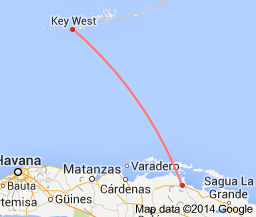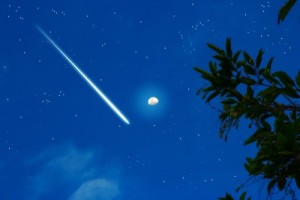
A 6.4 earthquake shook the Caribbean Sea January 13, 2014.
A 6.4 quake rocked the Caribbean this morning, but a tsunami alert was not generated. High waves will still smack the coastlines in the region, though, so expect floods on some of the Caribbean shores.
Last week Cuba had two 5.0 quakes, which is MOST unusual. I’d say that the Caribbean has become much more active then anyone expected … and THIS signals movement along the US Craton.

Two 5.0 earthquakes rocked Cuba January 10, 2014, merely 132 miles south of Florida – Google Maps.
Here’s a great phone app that will alert you when quakes go off: PDC Disaster Alert.
Tail Of Comet Ison

More meteorites can be seen on Earth as we move through the debris tail of Comet Ison..
We are also going through the tail of Comet Ison right now, so seeing a few meteorites whizzing in the atmosphere will not be unusual. Check out this meteorite over Japan: http://www.youtube.com/watch?v=DZLQ-YxJdbg
There’s lots going on right now “out there” …. have fun watching the Earth move, but stay safe!

